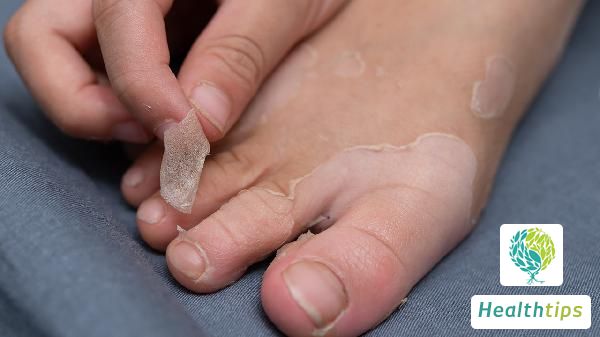How to Treat Strabismus in One Eye?
Eye Esotropia and Its Treatment Options

Eye esotropia refers to the inward deviation of the eyeballs, preventing both eyes from focusing on the same object simultaneously. The treatment of eye esotropia primarily encompasses two approaches: non-surgical and surgical methods.
Non-Surgical Treatment
- Correction of Refractive Errors: If the patient suffers from refractive errors such as myopia, hyperopia, or astigmatism, it is crucial to promptly prescribe and wear the appropriate corrective lenses. Wearing glasses can improve the eye's accommodative function, thereby alleviating the symptoms of eye esotropia.
- Occlusion Therapy: This commonly employed clinical treatment involves covering the healthy eye to force the affected eye into use, aiming to train binocular vision. It is suitable for younger children or adolescents but may not be as effective for adults.
- Pharmacological Treatment: Some patients may have underdeveloped eye muscles. In such cases, medications to promote muscle development, such as Vitamin B1 tablets and Mecobalamin tablets, can be prescribed under a doctor's supervision. Additionally, atropine eye drops can be used to alleviate symptoms as directed.
Surgical Treatment
If non-surgical treatments yield unsatisfactory results or symptoms persist or worsen, prompt medical attention and surgical intervention under a doctor's guidance are recommended. Common surgical procedures include muscle weakening, muscle strengthening, and prismatic correction.
In daily life, patients should maintain good eye hygiene and avoid prolonged close-up viewing of electronic devices like phones and computers. A diet rich in Vitamin A, found in foods like carrots and animal livers, can also be beneficial.



















